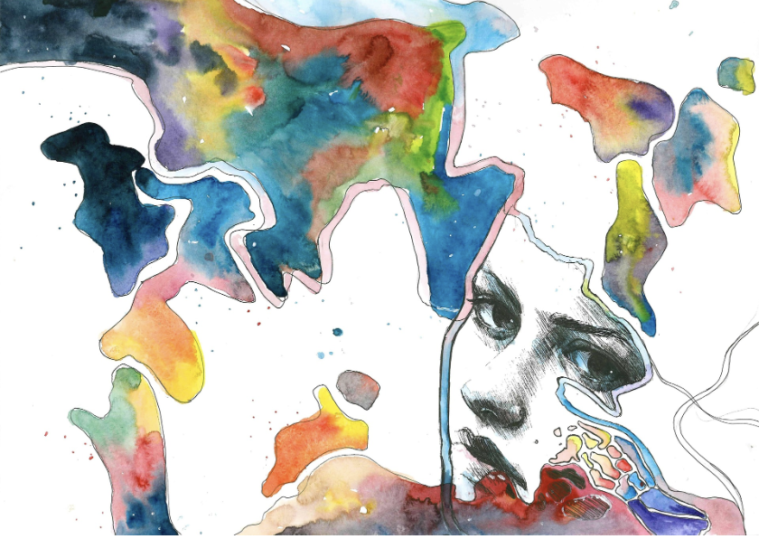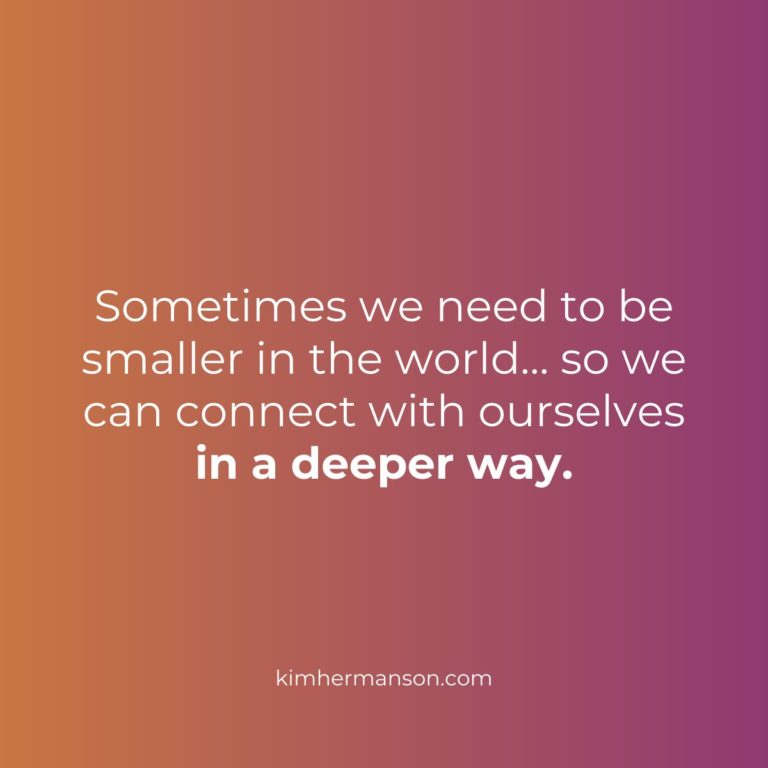New article in The Psychologist: What’s Your Metaphor?

“The ability to comprehend our experience through metaphor can be thought of as a sense like seeing, touching, or hearing. Metaphor is connected with intuition. For example, someone might walk away from a conversation and say, “I can’t put my finger on it, but something feels off.” Or visit a friend’s new home and describe it as ‘heavy’ or ‘light’ or ‘cheerful’.”
“At any given time, we might say we’re feeling ‘light’ or ‘heavy’, ‘scattered’, ‘crystal clear’, or ‘in over our head’. We might say we feel overwhelmed, like we’re drowning, or ‘on top of the world’. We might say, ‘I’ve closed that door but don’t see the next one yet’, ‘I feel like I’m swimming upstream’, ‘I need a time out’, or ‘She’s looking through rose-tinted glasses’.”
Clients often come to therapy because of negative associations and patterns (negative metaphors). Once you have uncovered the negative metaphoric image, you could simply ask the client: ‘If you could change this image, how would you change it?’ But in my own work, I find it helpful to go deeper… into a client’s innate positive (rather than negative) metaphoric associations for two reasons:
- positive metaphors hold the key to a person’s innate creative gifts and talents
- a person’s key images convey their own personal place of inner healing
Our personal mythic reality–our own metaphoric structure of individual reality–is revealed in our early memory metaphors. We each hold early metaphoric images that go on to shape the way we see the world. These images come from happy memories–things, situations, places, or people–that we cherished and became imprinted on our hearts when we were children. These images are often associated with the natural world.





